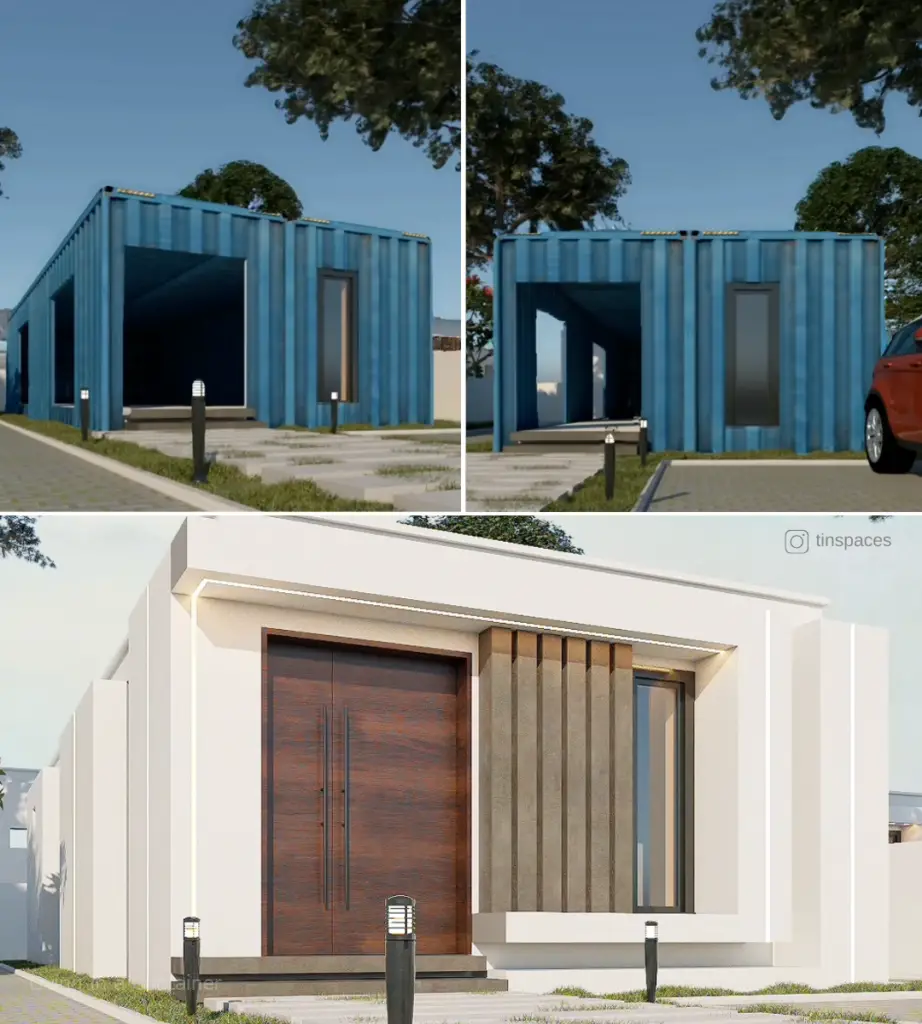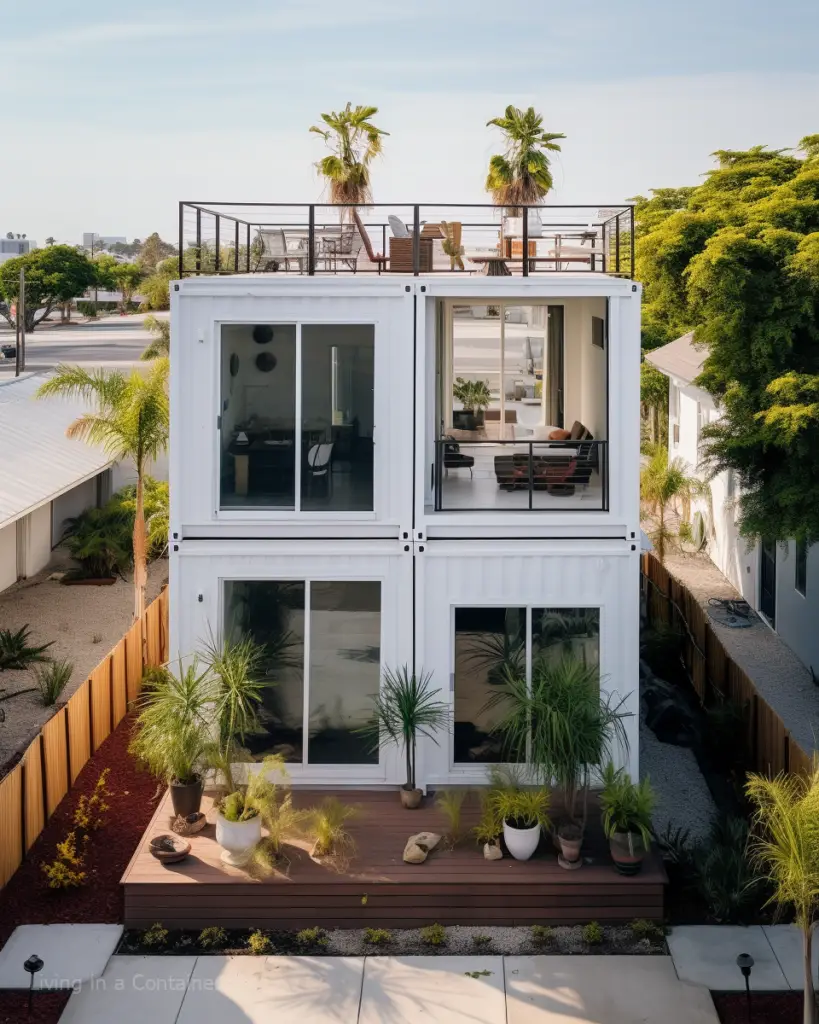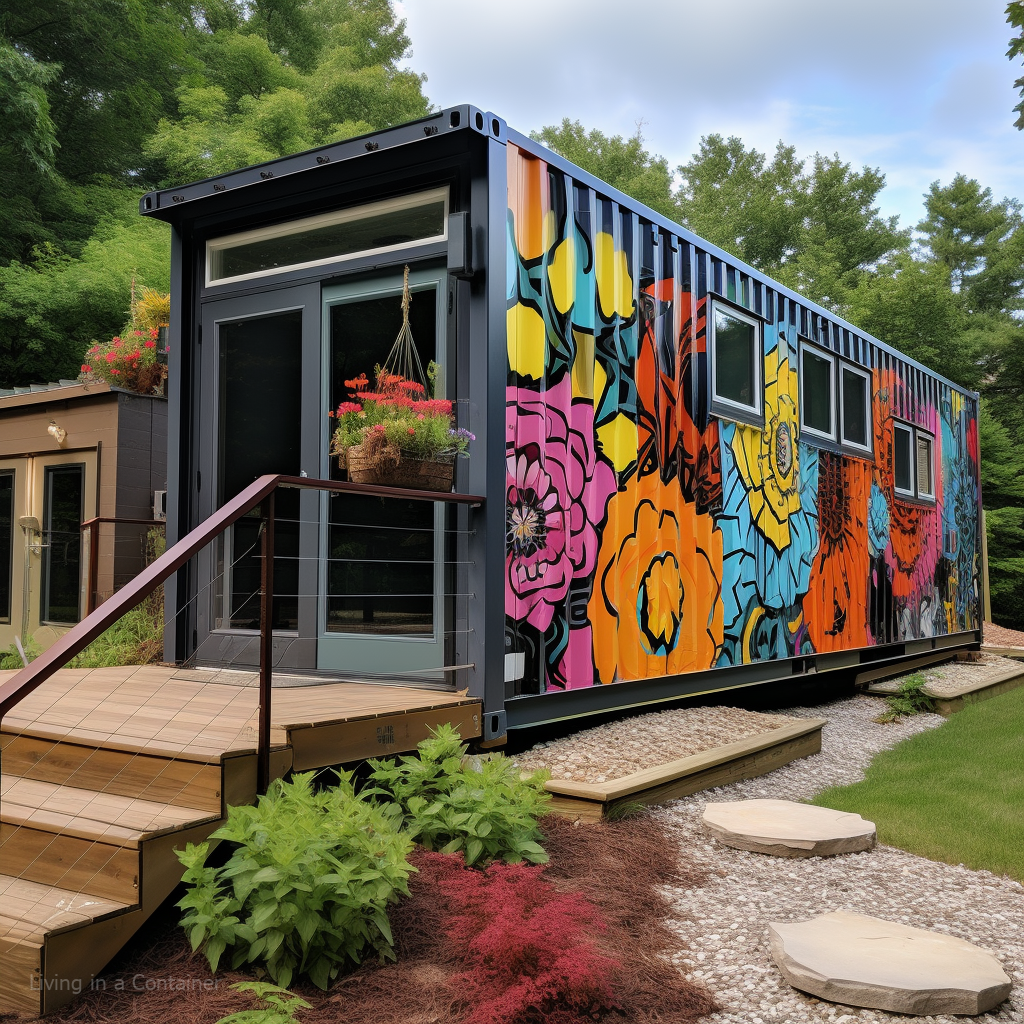With the global trend shifting towards sustainability and affordable housing, shipping container homes have emerged as a revolutionary concept.
Embodying the principles of recycling and minimalistic living, these homes have tapped into the potentials of surplus shipping containers, transforming them into livable spaces.
It’s not just a lifestyle trend, but rather a long-term viable solution that addresses key concerns of urban living – affordability, sustainability, and inventive design. In the essay, we delve into the numerous facets of this growing industry.
The Growing Market for Container Homes
Bold. Creative. Efficient.
These are the words that encapsulate the exciting trend taking over the residential real estate and architectural world – container homes. But behind their chic and minimalist aesthetic lie compelling economic, environmental, and logistic drivers propelling their surging popularity.
-
Affordability
In the face of skyrocketing real estate prices, container homes are a breath of fresh air. Much cheaper than conventional building methods, they’re providing a cost-effective housing solution along with being extremely customizable. Not only does the initial purchase cost less, but construction timelines are cut in half, leading to substantial savings in labor and building costs.
-
Mobility & Modularity
Another force is the element of flexibility and mobility. Need to relocate? Simply pack up your container home and move! Given this ‘portability’, it’s no wonder why demographics such as millennials, digital nomads, and eco-conscious citizens are gravitating towards this type of housing. More so, the modularity of container homes fits perfectly with the desire for personalized living spaces.
-
Sustainability
In an era where the need for sustainable living is unprecedented, container homes offer a greener alternative to traditional homes. Repurposing shipping containers not only reduces waste, but because they’re built to endure harsh conditions, they often outlast traditional homes and require less maintenance.
-
Housing Crises and Urbanization
The increasing urbanization rates, coupled with the ever-growing need to address housing crises in a number of countries, is driving more and more cities to consider container homes as part of their affordable housing strategies.
-
Building Regulations & Zoning Laws
A growing number of countries are evolving their zoning laws to be more inclusive of container homes. As these legal challenges diminish, expect to see more adoption of this trend.
-
Technological Advancements
Advancements in technology provide another tailwind for the container home market. Innovations in home automation, space optimization, and green technologies promise to make these homes more livable and efficient.
As visionary entrepreneurs of the 21st century, it’s worth keeping an eye on the market for container homes. Dissecting and understanding its rapid growth isn’t just a blueprint for future investments, it also gives valuable insights into the evolving needs and tastes of modern homebuyers.
Whether it’s tapping into a consumer’s desire for affordability, mobility, or sustainability; there are lessons here that resonate across every industry.
But the bottom line is this: in a world constantly on the move, businesses that can adapt, innovate and fill unique needs will always thrive. And right now, container homes are doing just that.

Effective Business Models for Container Home Companies
Leading-edge manufacturing practices are propelling success in the container home industry. From the use of advanced robotics to streamlined assembly lines, efficiency is the name of the game. Not only does this contribute to a lower production cost per unit, but it also means quicker turnaround times for customers, giving these companies a competitive edge in a fast-paced market.
Innovative and business-savvy entrepreneurs are capitalizing on strategic partnerships, merging the construction industry with technology providers. Combining forces allows these industries to smoothly integrate the latest tech advancements into their container home designs, making them aesthetically pleasing and functionally smart.
Furthermore, direct to customer sales models are transforming the standard approach to property purchase. Container home companies are achieving profitability by minimizing middlemen and marketing their homes directly to customers. This model allows for a more personalized customer experience, whilst scaling down the sales cycle and boosting profit margins.
Subscription-based models are also gaining traction in the container home industry. Here, customers pay a recurring fee for their container home, which includes additional services such as maintenance, repairs, and even possible upgrades, fostering a customer-centric business approach and generating steady revenue.
Finally, implementing circular economy principles within the container home industry is helping businesses become more sustainable and profitable.
This involves utilizing end-of-life shipping containers, instead of using new resources, reducing both costs and environmental impact.
Additionally, seeking avenues for repurposing or upcycling old container homes, these companies are pioneering a market niche, further propelling their success.
Embracing technology, fostering strategic partnerships, revamping sales models, and advocating sustainability, the container home industry is cementing its base in a continuously evolving real estate market.
The companies that are swift to adapt to these business models will undeniably rule the market, shaping the future of affordable and sustainable living.

Financing & Investment Opportunities in the Container Home Industry
From an entrepreneurial perspective, financing and investment opportunities are fundamental to fueling the momentum in the container home industry. These are not just stimulating the expansion of the sector but they significantly shape its success. Here’s how:
Expanding Access to Capital: Tightly woven into the fabric of this booming industry are enticing financing options, such as loans with competitive interest rates or capital obtained through crowdfunding platforms. This increased accessibility to capital makes container homes a possibility for more individuals, which, in turn, drives demand and propels further industry growth.
Investment in Research and Development: Significant investments in R&D go a long way in shaping the success of the container home industry. Companies need to look beyond the conventional and experiment with innovative designs, materials, and construction methodologies. Engaging in such innovative pursuits will be key to keeping pace with customer expectations and future-proofing the industry.
Venture Capitalist Attraction: The rapid evolution and momentum of the container home sector have piqued the interest of venture capitalists. As a fresh and booming sector, it promises high returns, encouraging more financial influx and fresh business into the industry.
Private-Public Partnerships: Tapping into public funds and forming alliances with government bodies could prove instrumental in heralding a new era for the container home industry. Such partnerships can support more extensive research, influence favorable policy changes and potentially subsidize costs for customers.
Impact Investment Opportunities: The container home industry aligns well with the principles of impact investing – investments that are directed to generate social and environmental impact alongside a financial return. This synergy attracts more impact investors towards the industry, enabling its growth while promoting a sustainable and equitable future.
Emerging Financing Models: Innovative financing models like Rent-To-Own or subscription-based models are making container homes more accessible to the masses. Such flexible models keep the momentum going in this market by giving more people the capability to invest in sustainable and affordable living solutions.
In conclusion, the tapestry of financial and investment opportunities is rich and woven with potential for the container home industry. As the industry matures, these opportunities will continue to shape its contours, fueling unprecedented growth and success.

Last Words
The shipping container home industry has put forth a compelling case for reconsidering the conventional real estate scenarios.
It has teed up to the burgeoning demands of sustainable and affordable housing, while also offering new business opportunities, creative design solutions, and investor interest.
As we step into an increasingly urbanized yet environmentally-conscious world, shipping container homes prove to be a forward-thinking, eco-friendly solution shaping the future of urbanized living.
This is not just a transition, it’s a transformation – redefining the essence of a home from being just a place to live to a beacon for innovative, sustainable solutions.
You may love to read!
All About Container Home Extensions
The Vital Stages to a Successful Shipping Container Home: Design, Prep, and Build
Savvy Success: The Profitable Niche of Shipping Container Homes
